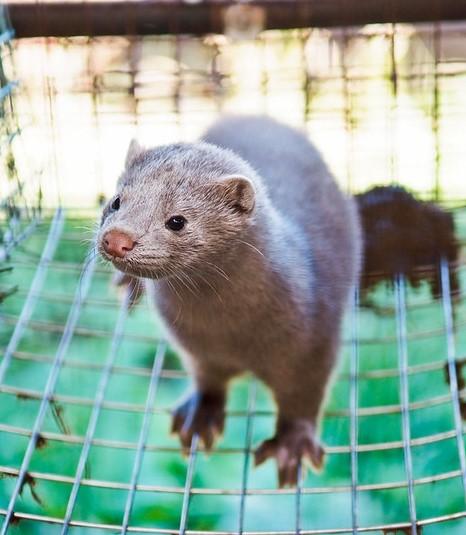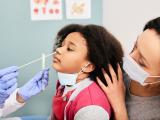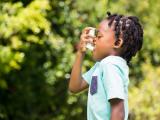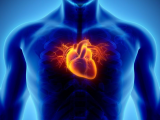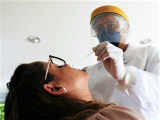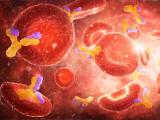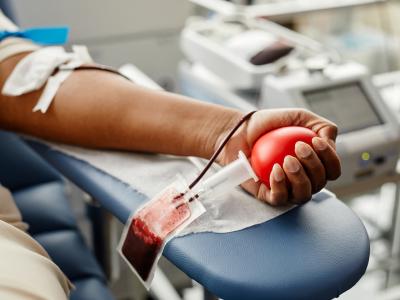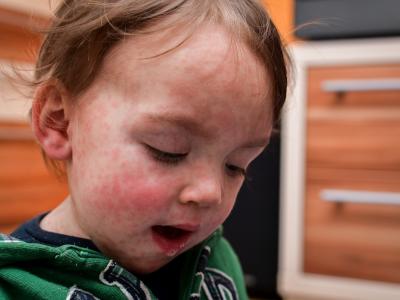Three new studies suggest that high proportions of cats and dogs may have acquired COVID-19 from their owners and that the virus jumped back and forth between humans and minks on farms in the Netherlands.
SARS-CoV-2 antibodies in dogs, cats
The first, a small, unpublished study from the University of Guelph in Ontario, Canada, suggests that a large proportion of pet cats and dogs may have gotten COVID-19 from their owners, as evidenced by antibodies against the coronavirus in their blood.
The study, which will be presented at the Sep 23 to 25 virtual European Society of Clinical Microbiology and Infectious Diseases (ESCMID) Conference on Coronavirus Disease, involved collecting nose, throat, and rectal swabs from 17 cats, 18 dogs, and 1 ferret owned by people diagnosed as having COVID-19 or reporting symptoms consistent with the coronavirus in the previous 2 weeks.
If more than 2 weeks had passed, the pets were tested for antibodies. The results were compared with those of stored blood samples collected from animals before December 2019.
All animals tested negative for SARS-CoV-2, the virus that causes COVID-19, on reverse transcription polymerase chain reaction (RT-PCR), except for one cat, which had ambiguous results but tested positive for coronavirus antibodies, indicating previous infection. Overall, seven of eight cats with blood samples (88%) had coronavirus antibodies. The owners of all cats with inconclusive COVID-19 tests or positive antibody results said they and their pets had displayed coronavirus-like respiratory symptoms at the same time.
Two of 10 dogs with blood samples (20%) had coronavirus antibodies. One dog had previously had displayed respiratory symptoms.
The authors noted previous reports of SARS-CoV-2 infections in different animal species, but none have identified risk factors for or clinical characteristics of infection.
Lead author Dorothee Bienzle, DVM, PhD, of the University of Guelph, said in an ESCMID news release that blood testing the animal after the owner recovers is the best way to assess human-to-animal transmission because the window of time to identify current infections in pets is narrow.
In the meantime, Bienzle said, pet owners infected with COVID-19 should isolate themselves. "There is sufficient evidence from multiple studies, including ours, to recommend that SARS-CoV-2 infected persons should isolate from people and animals," she said.
Virus RNA, identical genomes in cats
In the second study, a research letter published yesterday in Emerging Infectious Diseases, researchers in Hong Kong tested the respiratory and fecal samples of 50 cats from COVID-19–infected households or their close contacts for coronavirus RNA from Feb 11 to Aug 11.
Six of the 50 cats (12%) tested positive for SARS-CoV-2 RNA on RT-PCR, and virus genomes from one owner-and-cat pair were identical. All cats were asymptomatic but had lung abnormalities similar to those of infected humans. The researchers were unable to grow the virus on cell culture.
"Although feline-to-human transmission is theoretically possible, we did not find any evidence of this transmission," the authors said. "The timeline of infection in cat 1 and the finding of an identical SARS-CoV-2 genome sequence in a human from the same household is consistent with human-to-animal transmission. In support of these findings, the cat had no outdoor access."
The researchers called for broader serologic surveillance of cats connected to COVID-19 patients to determine the prevalence of human-to-cat spread.
The Agriculture, Fisheries and Conservation Department of Hong Kong quarantines and tests pets from infected households or their close contacts in a holding facility if other care is not available. The pets are isolated until they test negative on RT-PCR on two occasions. COVID-19 infections identified in dogs as part of this testing were reported in a study published on May 14 in Nature—the first published evidence of the disease in dogs.
Likely zoonotic transmission from mink
The third study, which will also be presented at the ESCMID conference, involved monitoring COVID-19 infections at 16 mink farms with more than 720,000 animals in the Netherlands. The findings suggest that the coronavirus jumped back and forth between people and mink, in the first known published case of animal-to-human, or zoonotic, transmission, according to the authors.
SARS-CoV-2 likely first jumped from animals to humans in late 2019, sparking the pandemic in Wuhan, China.
In the study, posted Sep 1 on the preprint server bioRxiv, Dutch researchers investigating outbreaks of coronavirus in both animals and humans on mink farms conducted testing and whole-genome sequencing to trace the sources of infection. Sixty-six of 97 people (67%) living or working on the farms were diagnosed as having COVID-19 on PCR or antibody testing.
The authors said in an ESCMID news release that they believe at least two people on the farms were infected by mink. "Unfortunately, based on our research we cannot make definite conclusions on the direction of most of the infections, so we do not know the total number of people that were infected by minks," they said.
"We conclude that initially the virus was introduced from humans and has evolved on mink farms, most likely reflecting widespread circulation among mink in the first SARS-CoV-2 mink farms, several weeks prior to detection."
The coronavirus was first detected on two mink farms in late April. Some farms involved in the outbreaks were owned by the same person, but no epidemiologic link could be identified for the others.
Genome sequencing showed that the SARS-CoV-2 virus was the same as those found in the mink and not identical to those found in COVID-19 patients living near the farms. The sequences from all infected mink farms were part of one of five distinct disease clusters, demonstrating spread among the farms.
Currently, COVID-19 is still spreading on the farms, despite efforts to combat it, the authors said, and three large clusters with unknown modes of transmission have been identified.
"The population size and the structure of mink farms is such that it is conceivable that SARS-CoV-2—once introduced—could continue to circulate," the authors wrote. "Therefore, continued monitoring and cooperation between human and animal health services is crucial to prevent the animals serving as a reservoir for continued infection in humans.
They add in the news release, "Close collaboration between human and animal health departments is essential for early identification and control of SARS-CoV-2 infections."
